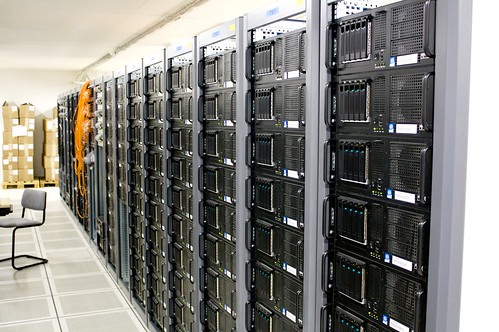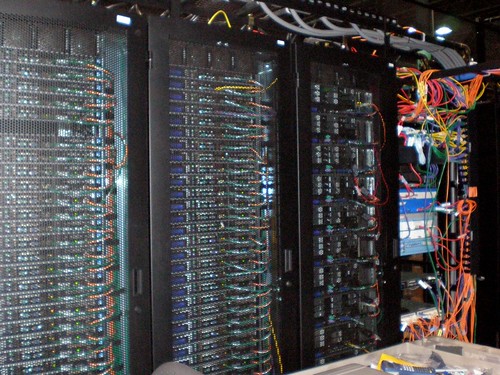From YouTube to iPlayer, we’re exposed to more digital video than ever before. This means that the race is on for manufacturers and developers to create the ‘go to’ format that will dominate the world of digital viewing. Until the next big thing comes along that is.
So what is the difference between HD and AVI and what does it actually mean in terms of quality and user experience? Here’s a quick guide to help you tell your MPEG from your DVD so that you can get the most out of your viewing time.
YouTube
For many of us, YouTube was the place that we first saw any kind of digital video online.Created in 2005, YouTube originally only offered one level of video quality. Today it has multiple options, from very basic to HD and supports a number of digital formats for upload.
The quality that you’ll actually be able to view videos in will depend on your computers capability, your bandwidth and the size of the video. YouTube was the original home of internet based digital video.
MPEG
MPEG stands for Moving Picture Experts Group and is very popular in the world of digital video.There are three main types of MPEG, MPEG-1 gives you rather poor video quality, sometime no better than old-fashioned VHS videos, whereas MPEG-2 gives much better results and is the compression technology behind much HDTV as well as DVDs.
One of the fastest growing MPEG formats is the MPEG-4 or MP4. The format is easily streamed over the internet and so is used by iPods and iTunes as well as video sharing websites.
AVI
Created by Microsoft, AVI or Audio Video Interleave can be played by almost any digital video player and so has become one of the default video formats.The downside to AVI is that the files don’t contain pixel aspect ratio information and so videos can appear stretched or squeezed when played back.
MOV
The MOV format was created by Apple so that users could store and play videos on their devices.Now compatible with both Windows and Mac platforms, this format can only be played on QuickTime player, but does offer great compression ability so is perfect for storing lots of films and TV series.
Created by Apple, MOV is great for storing all of your digital video files.
720p HD
As video makers and video consumers begin to demand better quality, the move towards HD video will become unstoppable.The first step in this revolution is 720p HD, which is half the quality of ‘true’ HD. Seen by many as a poor man HD, the format doesn’t have the sharpness or clarity of HD, but is a big improvement on previous formats.
Thanks to its smaller size, more people are able to view 720p as it doesn’t clog up as much of your precious bandwidth.
Full HD
At 1080p or 2.1 mega pixels, full HD is significantly bigger than 720p, and the proof is very much in the pudding.Watch any video in full HD, and the difference between it and other formats will be immediately obvious.
The downside though is the size and capacity needed to play HD videos over the internet.
However there’s no doubt that as technology improves, the number of videos available in HD will increase, something which can only mean good news for the viewing public.
Digital video formats are evolving and developing constantly. Always looking for ways to advance their products, manufacturers never tire of bringing out new formats and improving old.
So watch this space for new digital video formats that haven’t even been though up yet, they’re likely to be even bigger and better than you can imagine.
Author bio: Tom Reynolds works for Bushey DVD, the vhs to dvd converting service. Picture credits: Wikipedia 1 & 2



